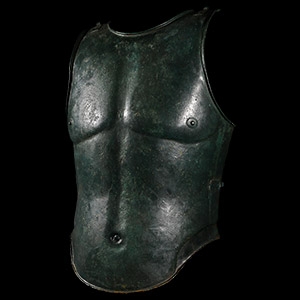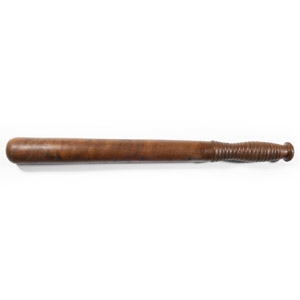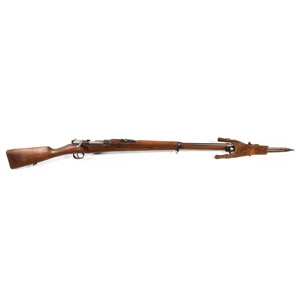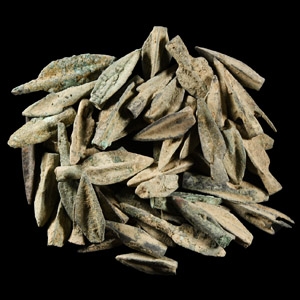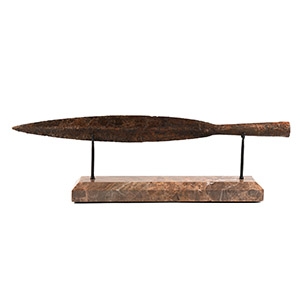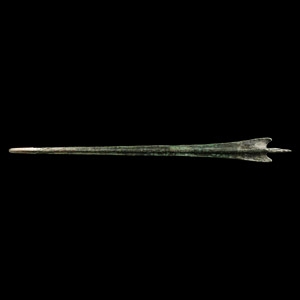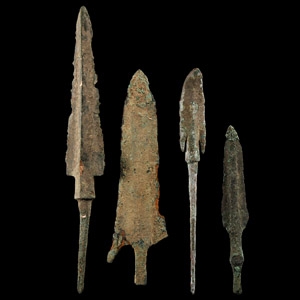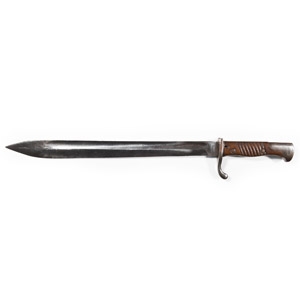Home > Auctions > 23 - 27 May 2023
Ancient Art, Antiquities, Natural History & Coins
Auction Highlights:
Acquired 1990s-early 2000s.
East Anglian private collection.
See Peterson, D., Fotografare la storia, I Legionari Romani, nelle fotoricostruzioni di Daniel Peterson (Photographing history, The Roman Legionaries, in Daniel Peterson's photoreconstructions), Parma, 1992, pp.7-9, for similar.
The Kusmirek Collection, UK.
Acquired from Arundel Militaria Ltd, UK, 2016.
The Kusmirek Collection, UK.
Accompanied by copies of invoice and listing and original Birmingham Gun Barrel Proof House Deactivation Certificate No.96730.
Sold as an exempt item under Section 58 (2) of the Firearms Act, 1968, to be held as a curiosity or ornament. No license required but buyer must be over 18 years of age. Overseas bidders should note that, due to UK regulations governing export of all firearms, overseas buyers will need to make arrangements for shipping this lot out of the UK directly, by air freight, with a specialist company or agent.
Acquired on the German art market around 2000.
From the collection of Surrey, UK, gentleman.
Cf. Tsurtsumia, M., 'Tribolos, a Byzantine Landmine' in Byzantion, 2012, pp.413-422, fig.1, for identical specimen.
Caltrops were a kind of 'landmine' of the ancient world an mentioned in the Classical period. Nevertheless, they turned into real military weapons only in Dark Ages. Their systematic and wide use by the Eastern Romans, who called it tribolos, is noticeable. In 1082, Emperor Alexios Komnenos used caltrops against the Norman cavalry in the Balkans. Anna Komnena tells us in detail of her father’s intentions: ‘He marched against Bohemond with a new idea for victory. He had iron caltrops made and since he expected the battle to take place on the next day, the evening before scattered them over the plain between the two armies at the point where he guessed that the Kelts (the Normans) would make a heavy cavalry attack. The plan was to frustrate the first and irresistible charge when the caltrops pierced the horses’ hooves.’ Unfortunately for the Romans the Normans avoided battle on the ‘minefield’, outflanked the enemy and gained victory.
Acquired 1990s-early 2000s.
East Anglian private collection.
Cf. Milovanic, D., Metalwork in Serbia (in Serbian), Belgrade, 1986, fig.342, for similar specimen.
This kind of later maces, typical of 15th century, had irregularly shaped heads, with spheres having holes for the insertion of the shaft. Incised, parallel strips formed a cross ornament running horizontally and vertically. Grooved lines were carved in the fields between.
Acquired 1971-1972.
From the collection of the vendor's father.
Property of a London, UK, collector.
Cf. Nicolle, D., 'Raiders of the Ice War' in Military Illustrated, March, 1996, no.94, pp.26-29, fig.p.28, for similar axes; Sedov, B.B., Finno-Ugri i Balti v Epokhi Srednevekovija, Moscow, 1987, pl.I, no.23.
During their struggles against Germans and Teutonic Knights, deceased pagans were often cremated along with damaged or ceremonially sacrificed weaponry. If swords were generally reserved for the military elite, the side axe was one of the most commonly used weapons.
Ex private collection, 1980s.
Acquired on the UK art market in the 1990s.
Acquired 1990s-early 2000s.
East Anglian private collection.
Acquired 1971-1972.
From the collection of the vendor's father.
Property of a London, UK, collector.
Cf. similar specimen in the British Museum, London, from Norway, inventory no.1875,0716.3.
The spear belongs to the type A of the first main group of Viking spears, the so-called Frankish spearheads, which occur between 750 and 950 A.D., but mainly in the 8th and 9th centuries. The Mediterranean influence is still evident on the foliate shape of the blade.
Private UK collection, 1980s.
Ex London gallery.
Cf. MacGregor, A., Antiquities from Europe and the Near East in the collection of the Lord McAlpine of West Green, Ashmolean Museum, 1987, no.17.25 and 17.27, for the typology.
In the last ninety years many such tanged blades have been considered coming from centres of production of North-West Iran, like Amlash and Marlik. Without context an accurate dating is impossible, but the shape recalls the rapiers of Bronze Age or Early Iron Age.
Ex G. White collection, 1990s.
Acquired from The Lanes Armoury, Brighton, UK.
The Kusmirek Collection, UK.
Accompanied by a Lanes Armoury certificate of authenticity.
865 - 876 of 2508 LOTS

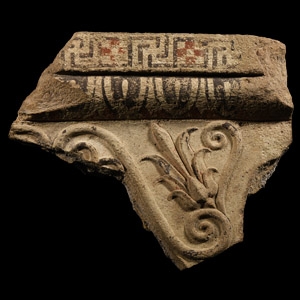
.jpg)


.jpg)
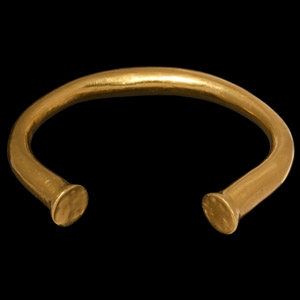
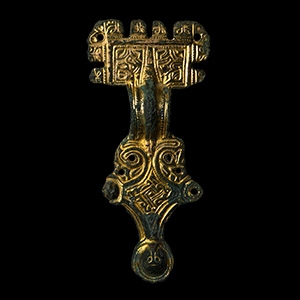

.jpg)


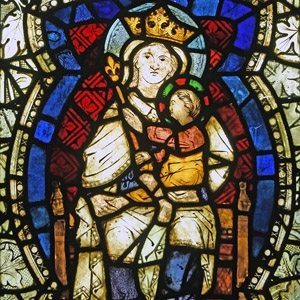
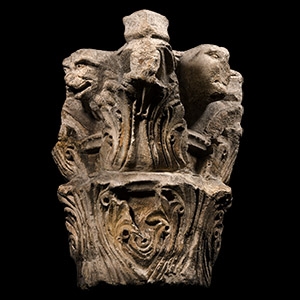
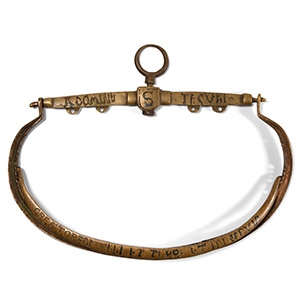
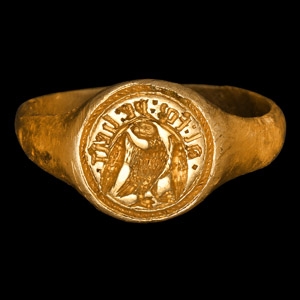
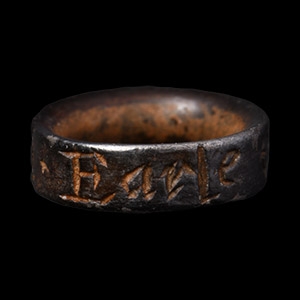
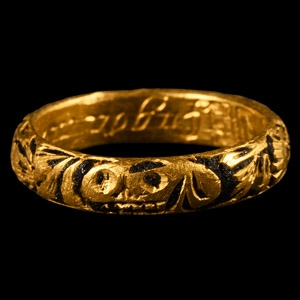
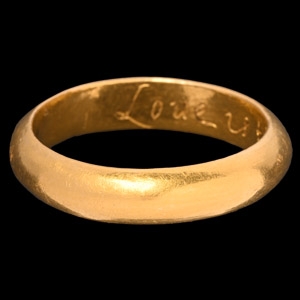
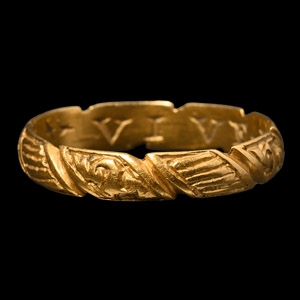
![English Milled Coins - George VI - 1937 - Cased RM Proof Coronation Gold Set [4] English Milled Coins - George VI - 1937 - Cased RM Proof Coronation Gold Set [4]](https://timelineauctions.com/upload/images/items/small/203351-s(2).jpg)
